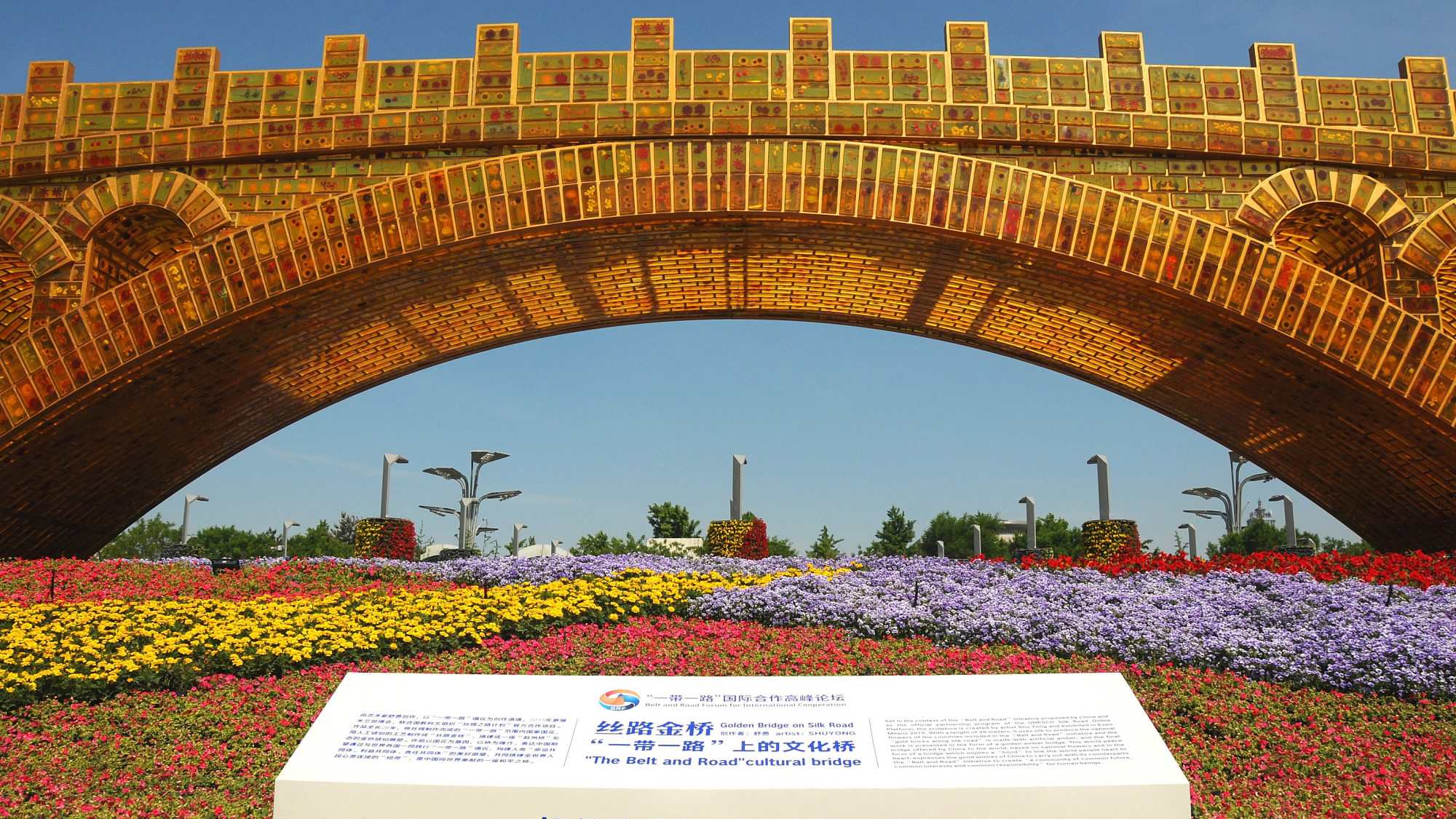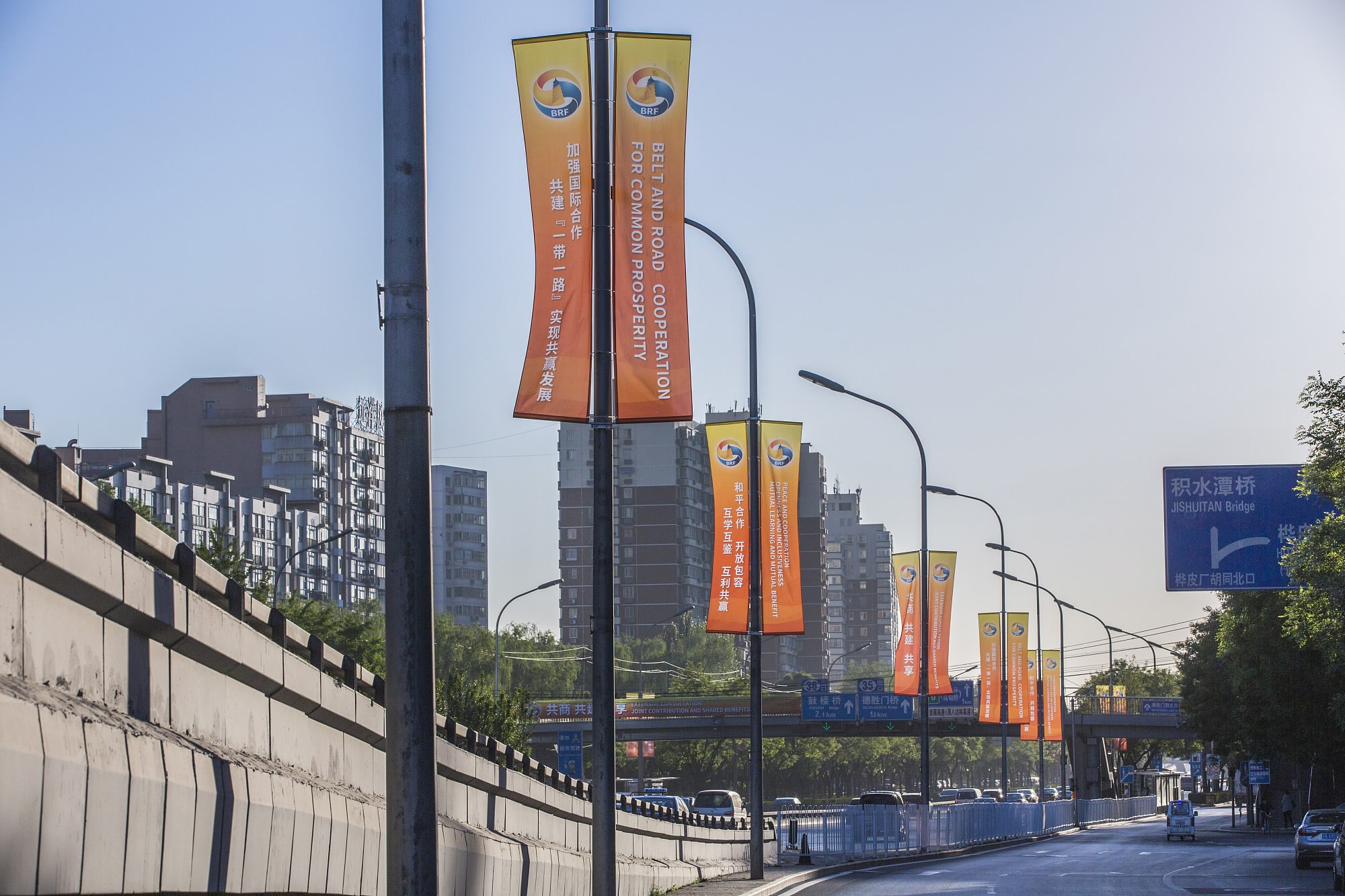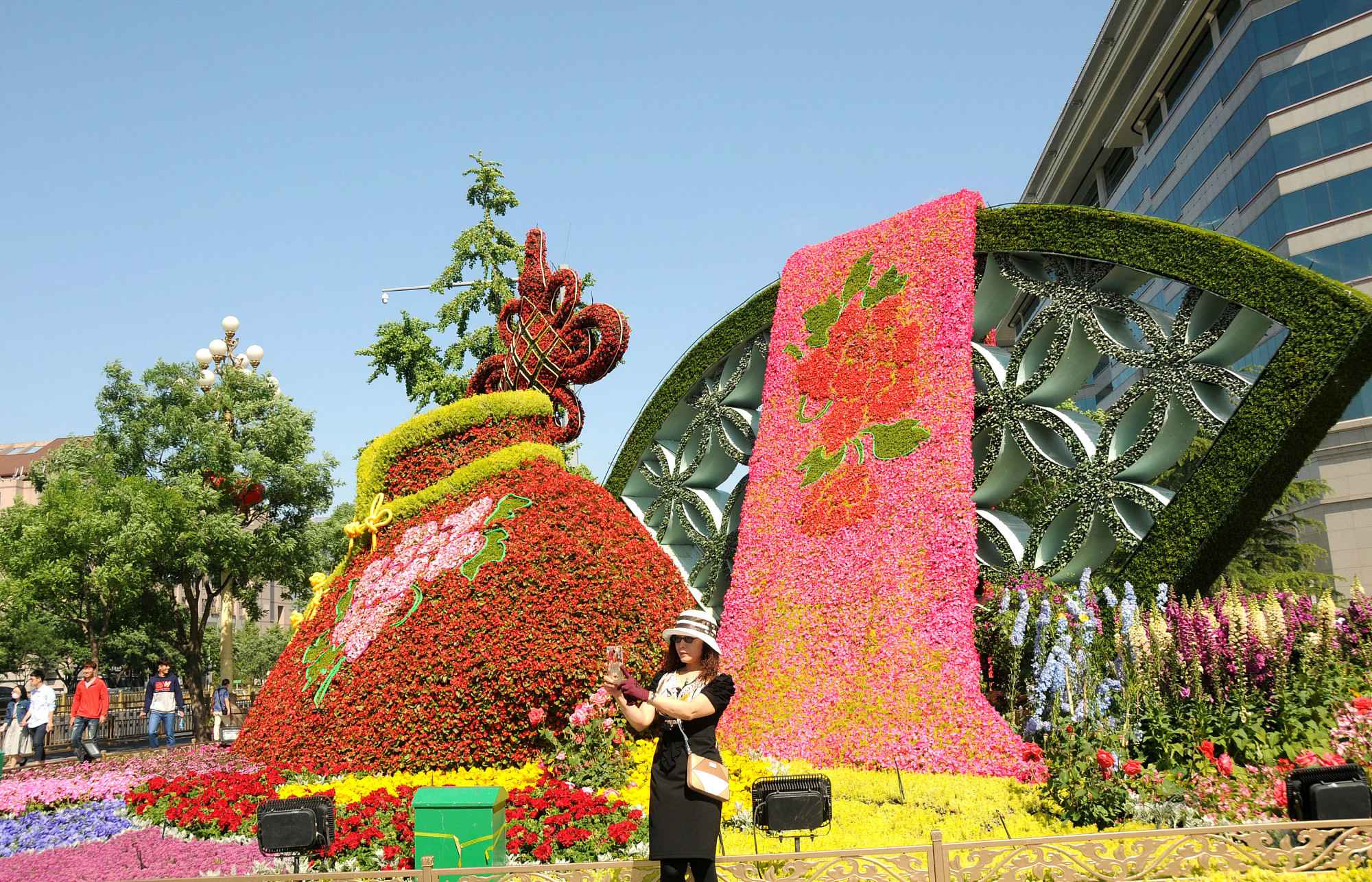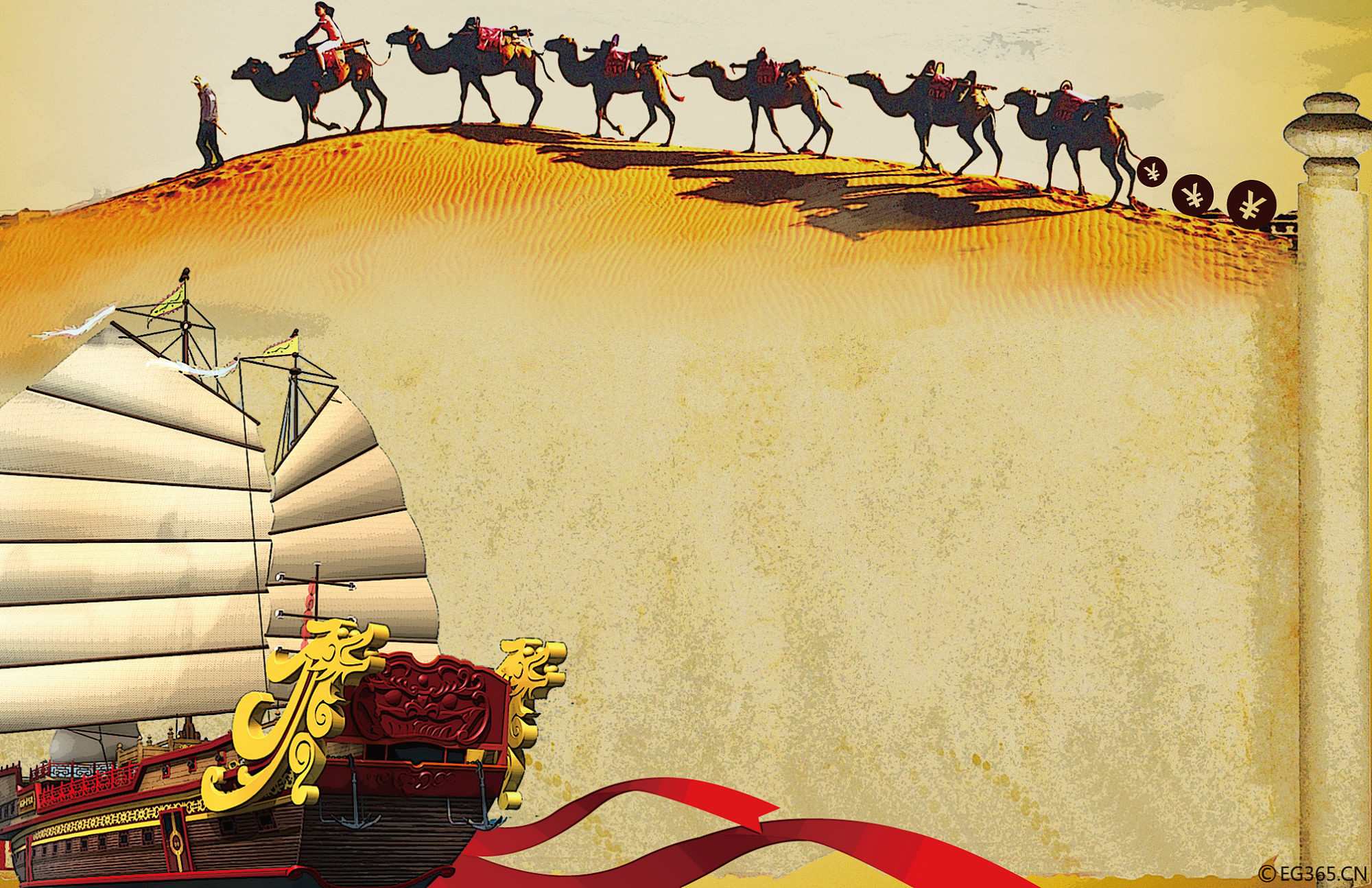
Culture & Sports
16:28, 08-May-2017
Closer to the Belt and Road Initiative with R.L.Kuhn

By CGTN's R.L.Kuhn
The Belt and Road Initiative refers to the Silk Road Economic Belt over land and the 21st Century Maritime Silk Road over the seas. It was launched by Chinese President Xi Jinping in 2013, with the aim of promoting economic cooperation among participating countries.
The Belt and Road Initiative focuses on infrastructure projects that are jointly built through consultation to meet the interests of all.
Belt and Road connectivity projects help align and coordinate the development strategies of participating countries, build market potential, promote investment and consumption, and create demand and job opportunities.

VCG Photo
VCG Photo
The human side of the Belt and Road Initiative encourages people-to-people and cultural exchanges, and fosters mutual learning, so that diverse peoples can understand, trust and respect each other, live in peace and harmony, and seek prosperity and fulfillment.
The Belt and Road Forum for International Cooperation marks a transition of high symbolism in President Xi Jinping’s grand vision for a new era of win-win globalization, from “blueprint to roadmap,” from plan to practice, from concepts on paper to projects on the ground.

VCG Photo
VCG Photo
In China, the upcoming “Belt and Road Summit” is set to be the diplomatic highlight of the year, with some 110 nations participating, including some 30 heads of state — as one senior leader told me, it is the second most important event of 2017, following only the 19th CPC National Congress.
I am pleased to participate. This is my fourth Belt and Road Forum at which I’ve spoken and interacted. I’ve witnessed first-hand the vision becoming reality.
President Xi first announced the then “Silk Road Economic Belt” as a ‘grand cause benefiting people in regional countries along the ancient route’ in Kazakhstan in September 2013.
Several months later, in June 2014, I was asked to articulate the vision at the first Belt and Road Forum in Urumqi, Xinjiang Uygur Autonomous Region – I described five categories: history, culture, trade, mutual development, and peaceful development.

VCG Photo
VCG Photo
The second forum was in Quanzhou, Fujian Province, in February 2015. It enlarged the vision to include the 21st Century Maritime Silk Road, engaging Southeast Asia, South Asia, the Middle East and East Africa.
The third forum was in Xi’an, Shaanxi Province, in September 2016, with the theme “Shared Memory, Common Development.”
A session I was chairing on the role of the media happened to occur at precisely the same time as the first debate between US presidential candidates Donald Trump and Hillary Clinton. While I’d have liked to watch the debate, here’s how I began the session: “100 years from today,” I said, “when the history of our times is written, our forum on the Belt and Road will carry more significance than the Trump-Clinton debate.”
I was joking in one sense, but not in another. Why such significance for the Belt and Road? From the world’s perspective, poverty, under-development, and vast inequalities are deep, seemingly intractable problems - and economic development, catalyzed by infrastructure construction, is an essential part of the solutions.
From China’s perspective, after decades of remarkable growth, economic transformation is necessary, and this includes geographical rebalancing within China and expanding China’s trade by enhancing globalization.
All of these can be achieved by the Belt and Road Initiative, but only if formulated synergistically and implemented assiduously.
There are substantial challenges, of course – economic, financial, structural, political instability, political risk, nationalism and terrorism.
What’s sure is that the world has great need and China has a grand plan. The Belt and Road Initiative is one of the biggest stories of the early 21st Century.
2km

SITEMAP
Copyright © 2018 CGTN. Beijing ICP prepared NO.16065310-3
Copyright © 2018 CGTN. Beijing ICP prepared NO.16065310-3